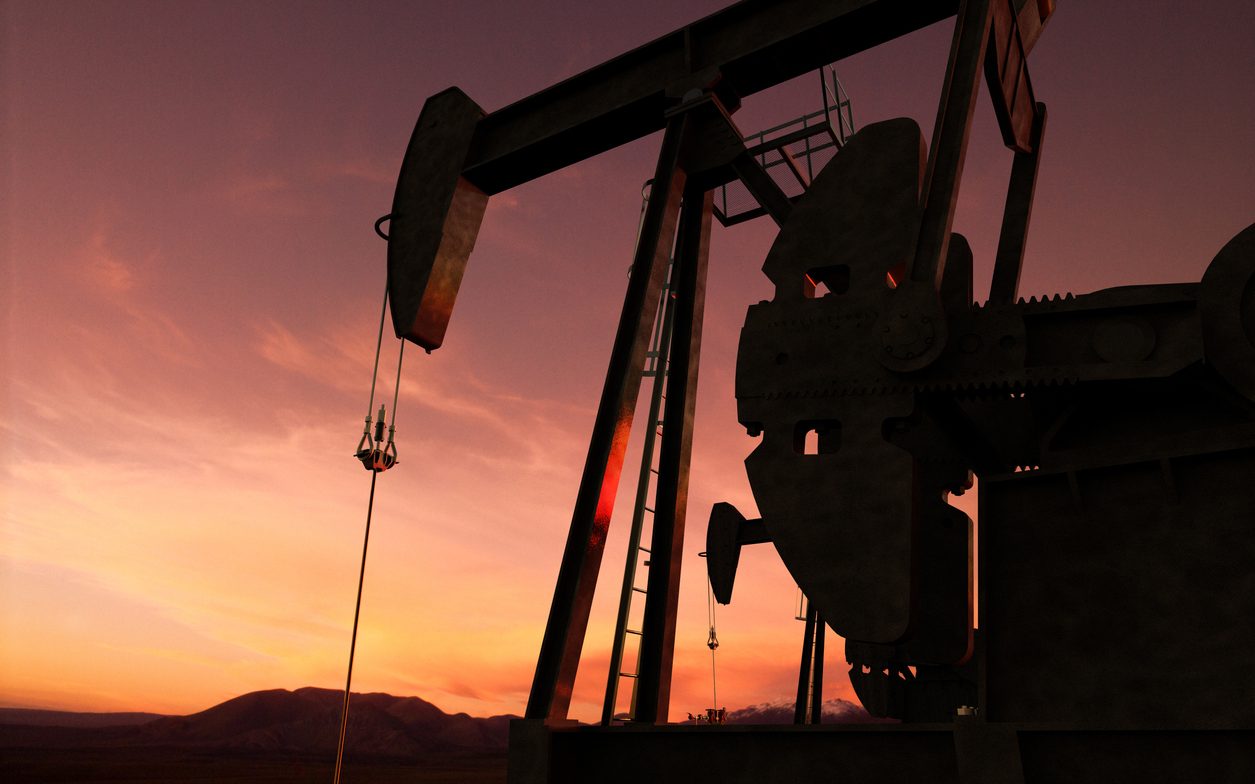
India may have to look for alternatives as Saudi crude supply hit
The rise in crude prices would translate into higher domestic retail prices, which in turn is likely to depress the demand for consumption, especially those units that use oil as the primary input — say automobiles.

After Iraq, Saudi Arabia is India’s second-largest supplier of crude oil; it accounts for almost 20% (207.3 million tonnes) of India’s imports. The number is expected to go up after the tightened US sanctions on Iran.
After Saturday’s drone attack on world’s largest oil company Aramco, Saudi Arabia has assured India that there won’t be any loss of supply. But if the process of restoration takes more time than anticipated, India will have to look for alternatives. This may not be easy since the global supply has been fairly volatile due to disruptions faced by other big suppliers such as Venezuela, Libya and Nigeria.
Higher oil prices mean worsening of India’s fiscal balance. Besides, the rise in crude prices would translate into higher domestic retail prices, which in turn is likely to depress the demand for consumption, especially those units that use oil as the primary input — say automobiles. The dip in consumption means further lowering of economic activity and consequently lower tax collection of the government.
ALSO READ | Mix of economics, politics leading to new high in crude prices
The price of oil has been flat between late 1940s and the early 1970s. In the next decade, which is till early 1980s, the price of oil rose dramatically following the rise of a cartel formed by oil producing countries, called the OPEC. Earlier, there were disruptions in the supply of oil from the oil-producing countries in the Middle East, but things changed dramatically after Yom Kippur War of 1973 as OPEC experienced the power of oil pricing.
Since the US and European countries supported Israel in the war, OPEC retaliated by imposing an oil embargo on the western countries. Oil production was cut by five million barrels a day though about one million barrels per day in production was made up by other countries. The cut totalled to about 7% in world production and the price of oil increased 400% in six months.
Similarly, other factors caused disruption in world oil supply. In 1978, the Iranian revolution resulted in 7.8% cut in oil production and the 1980 Iran-Iraq war resulted in 7.2% fall. The Persian Gulf War in 1990 resulted in 8.8 per cent cut and now the drone attack on Aramco is expected to result in suspension of production of 5.7% of world supply.
ALSO READ | Crude shock at Dalal Street, Sensex tumbles 642 points, Nifty slumps
Effect of oil prices on economy
Oil prices affect the economy in multiple ways. When all of these effects are seen as an aggregated, oil prices could have a larger impact than what might be expected from oil’s “small share” in the economy, which is about 2.3%, in our inflation baskets.
The important point to understand here is that oil price changes affect both the supply side and the demand side. Changes in crude oil prices affect supply because they make it more expensive for firms and business to produce goods and on the other hand they also affect demand because they influence wealth and can induce uncertainty about the future.
Simply put, rise in oil price acts like a tax on firms and households. India imports a very large fraction of the oil it consumes (nearly 85%) and the payments we make to foreign countries for oil represent an outflow of valuable foreign exchange.
ALSO READ | Crude prices witness record surge after drone attack on Saudi oilfield
This in turn reduces availability of funds for other productive capital investments which could create jobs and boost the economy. Also, the lower demand for domestically produced goods and services might mean lower production of goods and services (a vicious circle).
Changes in crude oil price also has what are referred to as re-allocative effects on an economy. Many Industrial sectors use energy more intensively than others. For example, the transportation sector is a heavy user of petroleum products compared with the trade sector.
When the price of oil rises, the transportation sector is affected more directly leading to flows of capital and labour out of transportation industries and into other sectors of the economy. This labor and capital reallocation has a short-term negative effect on output as unemployed and underemployed resources seek new uses.


